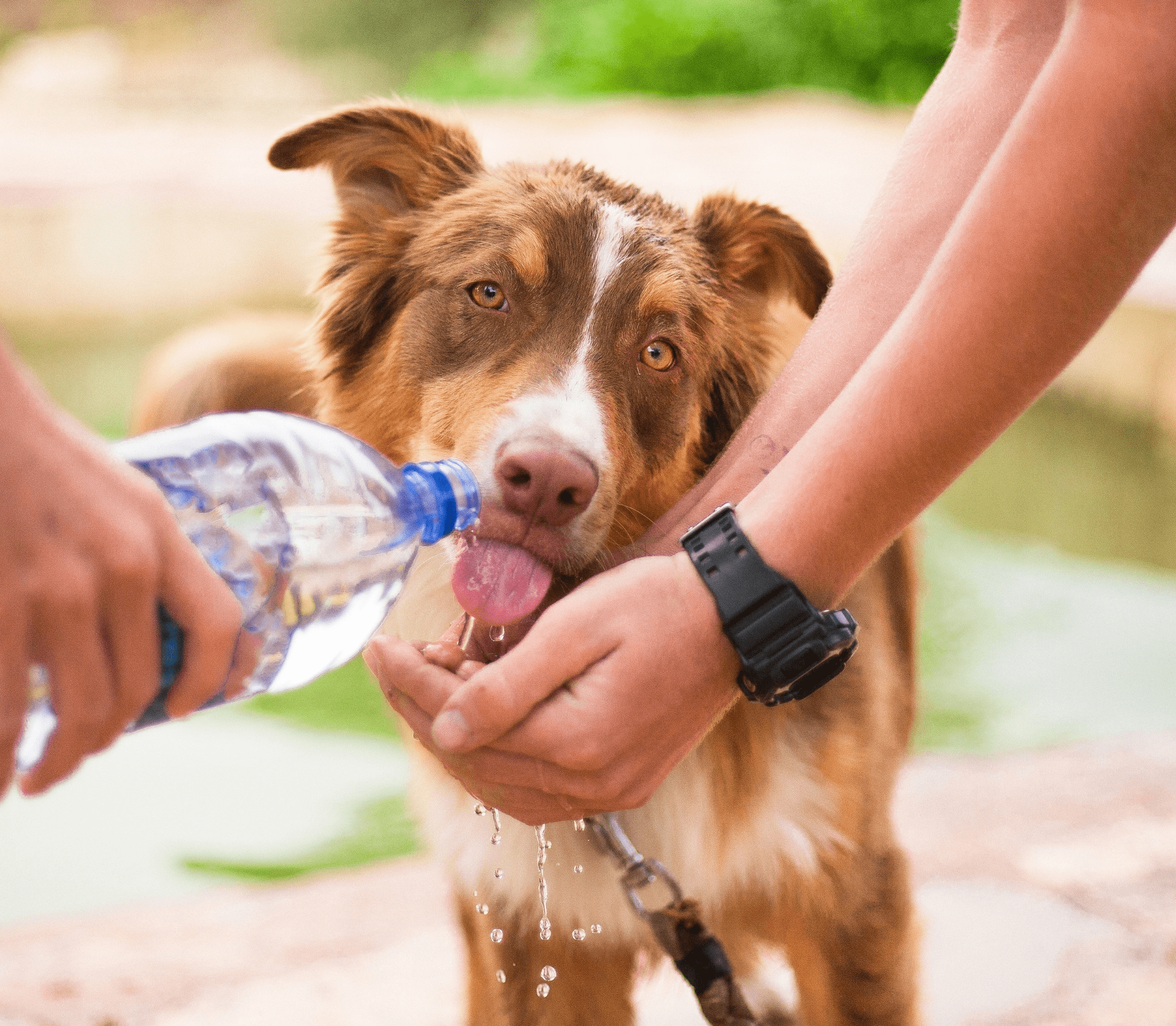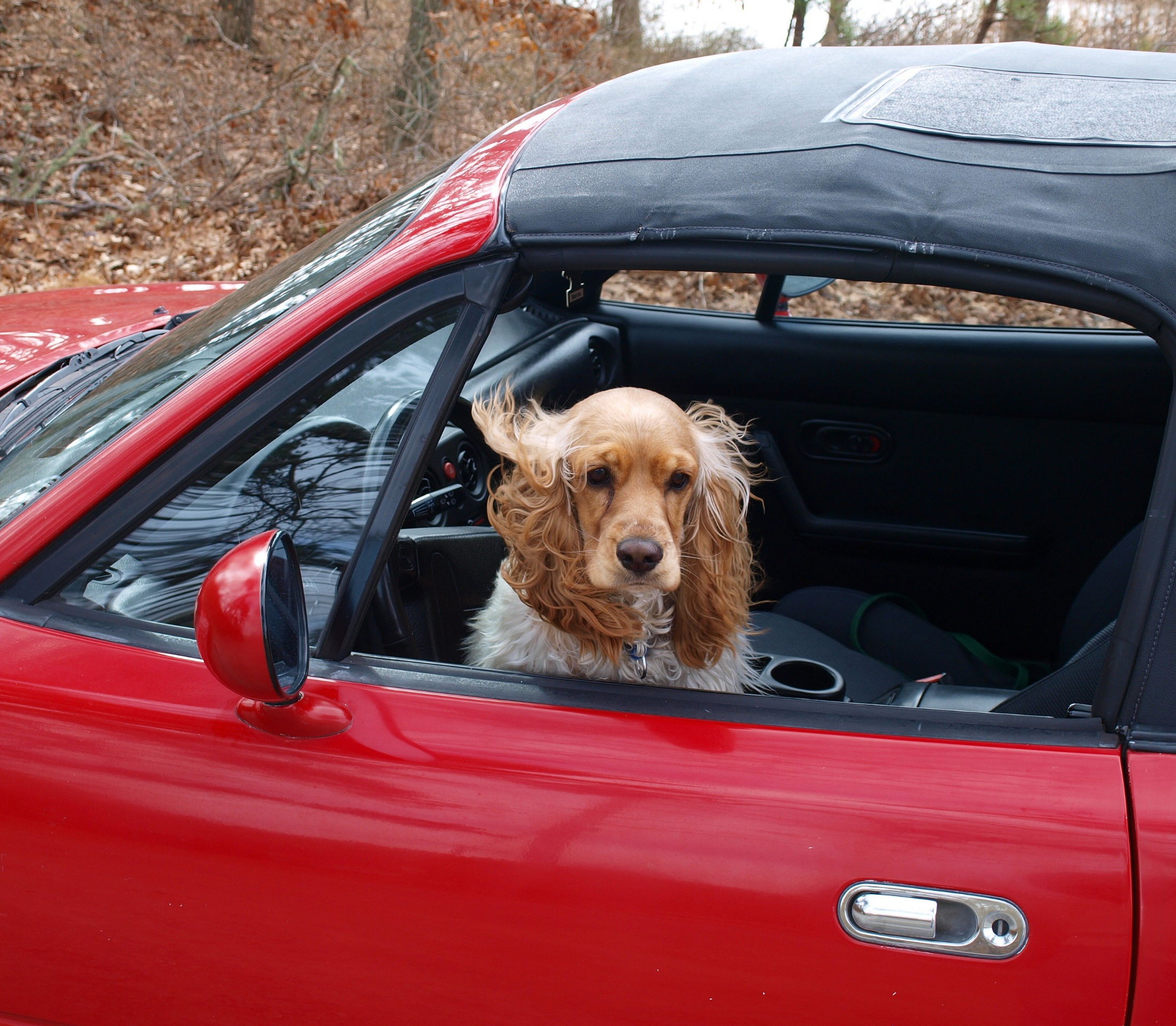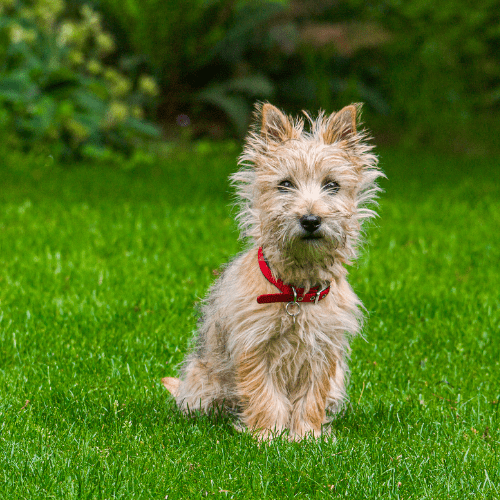Tips for Feeding Fido
If there’s one thing we know for sure about dogs, it’s that they are very, very enthusiastic about food. However, while Fido may very well snap up anything and everything within reach, he’ll be much healthier—and therefore happier—if he’s getting proper nutrition. Read on as a Hyattsville, MD vet offers some tips on feeding Fido.
Slow It Down
Does your canine buddy ‘wolf’ his food down, and then throw up? Fido sometimes gets a bit too enthusiastic about dinner. Try putting a tennis ball in your pet’s dish. This will slow him down. (Note: this isn’t recommended for large breeds, as they can choke on tennis balls.)
Serving Sizes
Did you know that even giving your pooch just ten calories too many each day can cause him to gain a pound a year? That’s a lot for a dog! Avoid overfeeding your furry friend by paying close attention to his serving sizes. If Fido eats dry food, get a large measuring cup and use that to portion out his kibble. Snacks are fine, but don’t go overboard with them. Ask your vet for specific advice.
Choosing Fido’s Food
Choosing the best brand of dog food can be a bit tricky. Get into the habit of reading labels. While you’ll want to get your vet’s advice on the ideal percentages of things like fat and protein, there are a few general rules of thumbs to follow. Look for products that list meat, fish, or chicken as the first ingredient. These things should also be listed more than anything else on the label. Avoid anything with an ingredient list that reads like a science experiment.
Dishes
Consider getting your pooch raised doggy dishes. Fido has to splay his legs and strain his neck to eat from bowls on the floor. This can be pretty uncomfortable!
Changes
Adjustments to Fido’s menu should always be made slowly, and only after consulting your vet. Rapidly changing your canine pal’s food can upset that furry tummy. You definitely don’t want that!
Unsafe Foods
Many popular foods are toxic to dogs. Never give Fido chocolate; garlic, onions, scallions, and chives; pitted fruits; avocados; grapes, currants, or raisins; meat on the bone; raw meat, dough, or yeast; or anything that contains xylitol.
Please contact us, your Hyattsville, MD vet clinic, for all of your dog’s veterinary care needs. We’re here to help!



